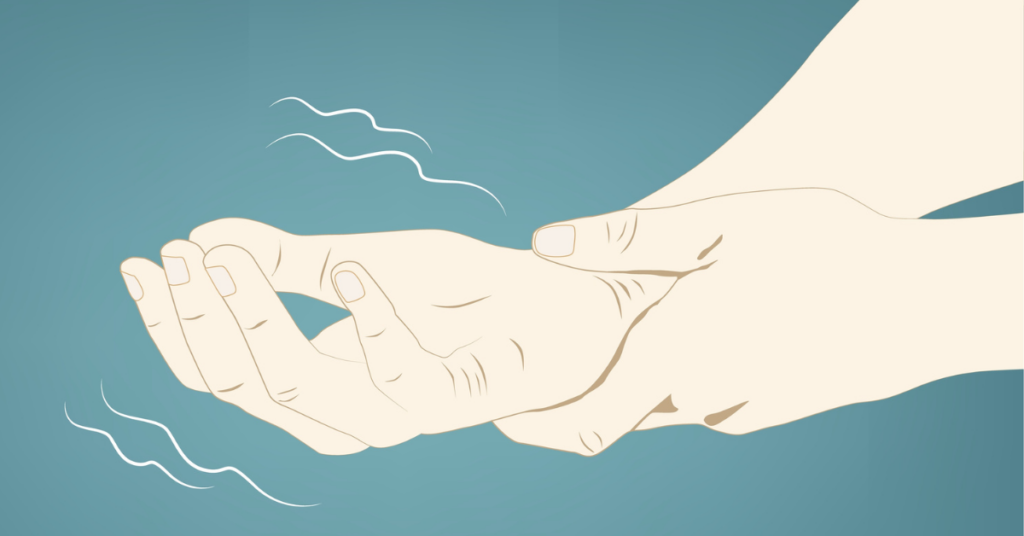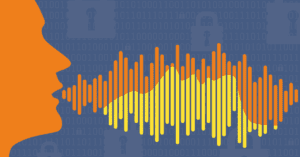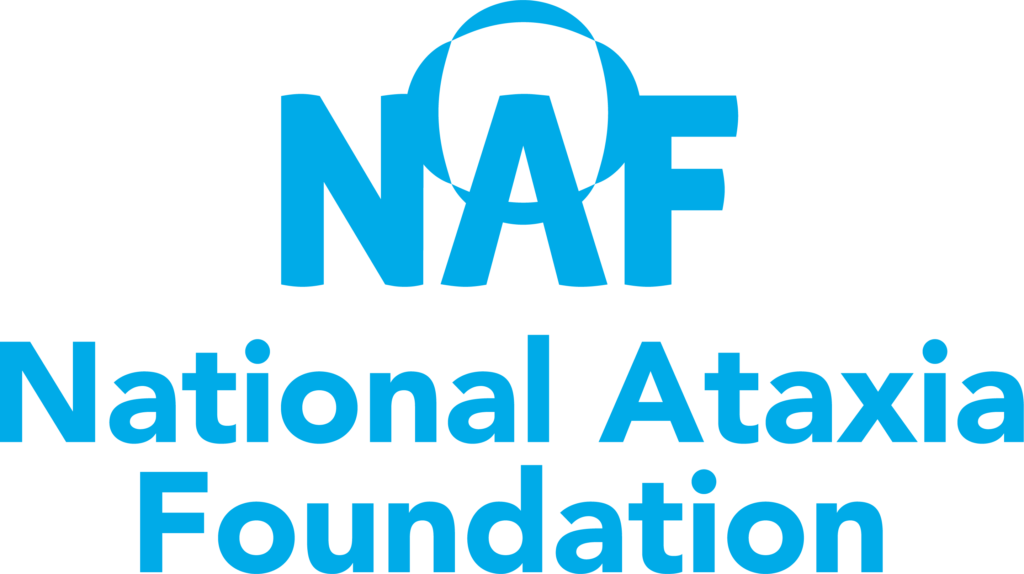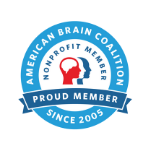
If you’ve ever felt shaky when speaking in public or after drinking too much coffee, then you’ve likely experienced tremor. Tremor is an involuntary, rhythmic shaking of parts of the body, such as the hands or the head. Everyone experiences a normal, physiological tremor at a certain level, which is usually subtle and goes unnoticed. This physiological tremor can be exacerbated by certain circumstances, such as anxiety, hunger, caffeine intake, or the use of certain medications. When these circumstances pass, the tremor returns to an almost unnoticeable level. Physiological tremor is distinct from pathological tremor, which is persistent, caused by disease, and can be debilitating.
Causes of Pathological Tremor
Pathological tremor can have a variety of causes. For example, diseases that involve the progressive dying of brain cells, such as Parkinson’s disease, can result in tremor. Tremor can also appear in dystonia, which involves involuntary muscle contractions, and certain ataxias. Finally, tremor can arise from stroke, exposure to toxins, or damage to a part of the brain called the cerebellum, which is important for motor control. Depending on the cause and areas affected, tremor can worsen over time or spread to other parts of the body.
Types of Pathological Tremor
The types of tremor can be characterized based on when the tremor occurs and which body parts it affects. The two broad categories of tremor are resting tremor and action tremor. Resting tremor, a common symptom of Parkinson’s disease, occurs when a person is not moving or engaging their muscles. In contrast, action tremor occurs when a person performs a movement, such as in essential tremor and some ataxias. Action tremor can be further broken down into the following types:
Kinetic tremor occurs during any voluntary movement.
Intention tremor becomes more severe the closer one gets to their target, such as when a person attempts to touch their nose with their finger.
Task-specific tremor occurs when a person performs a particular skill, such as writing.
Isometric tremor occurs when a person activates their muscles without moving, such as when squeezing an object.
Postural tremor occurs when a person resists gravity with a part of their body, such as when holding their arms uplifted in front of their torso.
Treatments for Tremor
Although there is currently no cure for tremor, treatment options exist. Medications such as beta-blockers, benzodiazepines, and Botox injections can be helpful for treating different types of tremor. In severe cases, deep brain stimulation (DBS) can be an effective option for reducing tremor. DBS involves surgically implanting electrodes in a region of the brain that controls movement and sending electrical signals through the electrodes to correct brain activity.
In summary, many different types of tremor exist, with varying impacts on daily life. Physiological tremor is normal in healthy individuals, and its intensity can vary depending on one’s stress levels, hunger, or medication usage. On the other hand, pathological tremor can indicate an underlying disease. Based on the characteristics of one’s tremor, a medical professional can help diagnose the type of tremor and its cause and recommend appropriate treatment options. Current tremor research focuses on understanding what happens in the brain to cause different types of tremor and developing customized treatment options for patients.
If you would like to learn more about Tremor, take a look at these resources by the National Institute of Neurological Disorders and Stroke and the Parkinson’s Foundation.
Snapshot Written by: Sarah Donofrio
Edited by: Dr. Judit Perez Ortiz
Read Other SCAsource Snapshot Articles

Snapshot: What is Areflexia?
Areflexia, from the Greek word “a”, meaning absence, is a medical condition characterized by the absence or reduction of reflexes. Reflexes are involuntary response triggered by sensory stimuli that are Read More…

Snapshot: What are Pyramidal Signs?
Have you ever wondered what part of your nervous system is helping move the muscles of your body? Or your head? An important part of our central nervous system called Read More…

Snapshot: What is Voice Banking?
A person’s voice is a unique and identifying trait. From one aisle in the grocery store, a familiar friend can be recognized by the sound of their voice. Your friends Read More…










